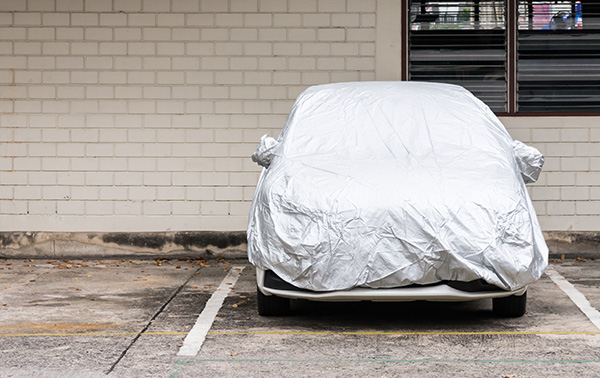
Most people worry about driving too much—but what about driving too little? It might seem like low mileage is always a good thing, but the truth is, cars are built to be driven regularly. If your vehicle sits for days or weeks at a time, it could quietly develop issues that don’t become obvious until it’s too late.
Whether you work from home, take public transportation, or only use your car on weekends, occasional driving can have unintended consequences. And if your vehicle spends more time parked than in motion, it might be time to reconsider your maintenance routine.
What Happens When a Car Sits Too Long
Cars are machines meant for regular use. When they sit unused, fluids settle, seals dry out, and batteries lose charge. It doesn’t take months of neglect—sometimes just a couple of weeks of inactivity can begin to cause problems.
Oil and other fluids that typically lubricate and protect internal components can start to break down or gather moisture, leading to corrosion or wear when the engine is finally started again. Rubber components like belts and hoses can also dry out and crack if they aren’t used regularly.
And it’s not just under the hood. Tires can develop flat spots from sitting in one place for too long. Even the brakes can suffer—rotors can rust if they’re not kept in motion, leading to squeaking, grinding, or poor performance the next time you hit the pedal.
Battery Drain and Electrical Issues
One of the first things to suffer from low driving frequency is the battery. Modern cars have numerous systems that continue drawing power even when the car is off—alarms, clocks, sensors, and more. Normally, regular driving keeps the battery charged. But when your car sits idle, the battery slowly discharges, and eventually, it may not have enough power to start the engine.
If you frequently return to a dead or weak battery, it may be time to consider either driving more often or investing in a battery maintainer that keeps it charged when not in use.
Condensation and Moisture Buildup
Another overlooked issue is moisture accumulation. When cars aren’t driven regularly, condensation can build up in areas like the exhaust system and fuel tank. Moisture in the fuel system can lead to rust or degraded fuel quality, while water in the exhaust can contribute to internal corrosion.
Even inside the cabin, if a car is parked outside or in a humid climate, moisture can lead to mold or musty odors, especially if the ventilation system isn’t regularly used to circulate air.
Short Drives Can Be Just as Harmful
It’s not just about how often you drive, but how long you drive. Short trips—especially those under 10 minutes—don’t give the engine time to fully warm up or burn off moisture. This can lead to poor oil circulation and increased engine wear.
Short drives also prevent the battery from getting a full recharge, so even if you’re starting the car regularly, it may still be slowly losing charge. If your typical drive is just around the block, your car might not be getting the workout it needs.
How to Keep a Low-Mileage Car Healthy
If you don’t drive much, you don’t need to start racking up miles unnecessarily—but a few simple steps can help keep your vehicle in good shape:
- Drive at least once a week for 15–20 minutes to circulate fluids and charge the battery.
- Stick to your maintenance schedule based on time, not just mileage. Oil breaks down with age, even if the car hasn’t moved much.
- Keep your tires properly inflated, and consider moving the vehicle occasionally to prevent flat spots.
- Use a fuel stabilizer if your car will sit for more than a month to prevent fuel degradation.
- Store it in a garage or use a car cover to protect the exterior from sun, rain, and debris.
Own a vehicle that doesn’t get much road time? Sunny Service Center can help you maintain it with expert care in Margate City, NJ. Book your appointment today!